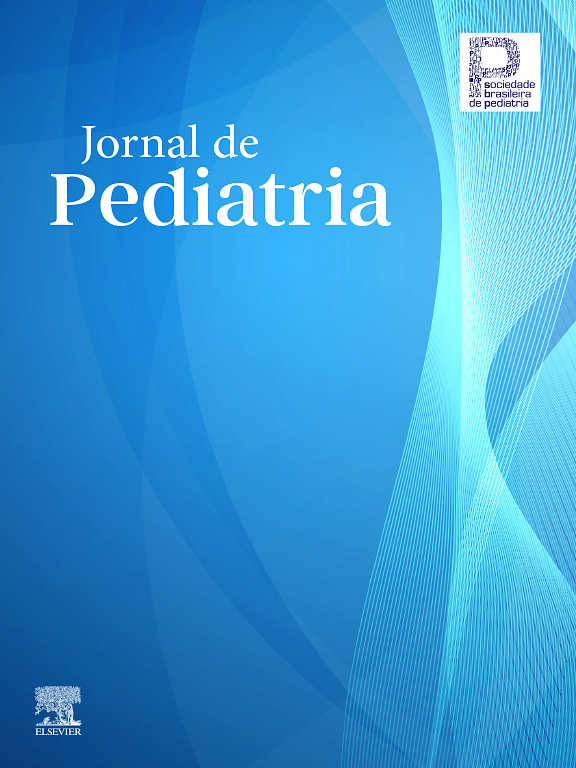Stillbirths are a common event in areas where reproductive health care is poorly delivered, such as the Northeast region of Brazil. This case-control study aimed to identify risk factors associated to foetal deaths occurred in a major obstetric facility of Fortaleza, 1.7 million inhabitants, Northeastern Brazil. 125 stillborn foetus over 20 weeks of gestation (cases) were compared to 250 healthy newborns (controls), in relation to socioeconomic, reproductive, behavioral and morbidity characteristics of their mothers. Crude and adjusted Odds Ratios were then calculated. After adjustment for confounders, the following characteristics of the mother remained as risk factors for stillbirths, with OR statistically significant at the 95% level: attending <5 antenatal consultations during pregnancy (OR=3.30 ; CI=1.92 - 5.07 ), illiterate mother (OR=3.30; CI=1.84 - 5.92 ), mother's age above 19 (OR=2.73 ; CI=1.42 - 5.24 ), monthly family income of 1 minimum wage or less (OR=2.12 ; CI=1.03 - 4.35 ) and severe illnesses or complication during pregnancy (OR=1.75 ; CI=1.01 - 3.03 ). Inadequate attendance to antenatal care consultations was the risk factor most strongly associated to stillbirths. Similarly, it was the condition most amenable to change in a short term, among those identified as risk factors.
The Impact Factor measures the average number of citations received in a particular year by papers published in the journal during the two preceding years.
© Clarivate Analytics, Journal Citation Reports 2025
SRJ is a prestige metric based on the idea that not all citations are the same. SJR uses a similar algorithm as the Google page rank; it provides a quantitative and qualitative measure of the journal's impact.
See moreSNIP measures contextual citation impact by wighting citations based on the total number of citations in a subject field.
See more








